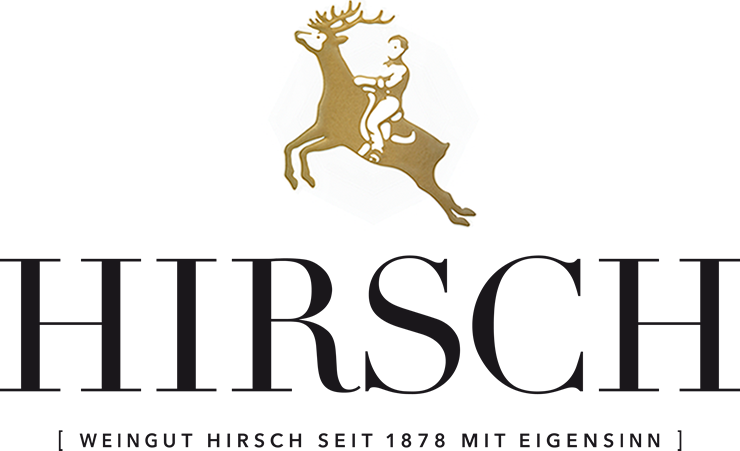
The Kamptal’s vineyards have three types of soil: Urgestein (primordial rock), loess and slate. Urgestein – in particular granite, gneiss and mica schist – is the core of the Bohemian Massif, the geologic development out of which Austria’s Waldviertel and the bordering Bohemian Forest were formed.
Gföhler gneiss, rendered porous by the weather and often covered by a very thin layer of humus, offers ideal conditions for growing high-class Riesling, wines that mirror the minerality of the soil. Urgestein is also well suited for Grüner Veltliner, which will develop fully distinctive characteristics here. Grüner Veltliner flourishes as well on the occasionally deep loess deposits found on the southern boundaries of the winegrowing region.
The famous Heiligenstein forms a distinctive feature in the landscape, a plate of desert sandstone raised by tectonic displacements some 250 million years ago, weather-beaten through the ages.
